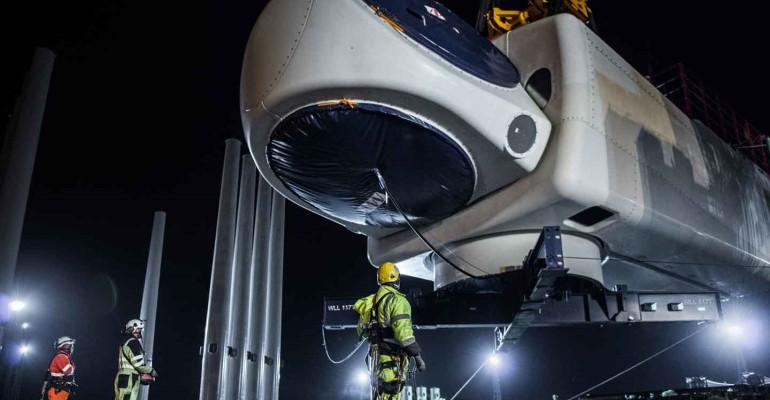However, the world’s largest developer of offshore wind facilities remains upbeat.
Late on Thursday, Ørsted had announced a Dkr2.5bn ($366m) writedown on its 924 MW Sunrise Wind project, under joint development with US wind firm, Eversource, off the coast of New York.
Commenting on the development on Friday, Ørsted chief executive, Mads Nipper, said that the price for offshore wind power produced at the Sunrise facility had been agreed several years ago against a backdrop of different expectations on the market outlook. Today, higher interest rates, inflation, and access to finance have become challenging factors.
However, Nipper is confident about the future. Commenting on 2022 figures, he said recently: “In a year with unusual market conditions, not least the very volatile energy prices and a substantial increase in inflation, we’re happy to achieve a record-high EBITDA for 2022 within our latest guidance and above our initial expectations for the year ... We expect that earnings from our operational renewable energy assets will increase significantly in 2023 and contribute to reaching a group EBITDA excluding new partnerships of Dkr20-23bn, and we remain confident in our long-term financial estimates and growth ambitions.”
However, experts have noted changes to the fundamentals. A recent report on the US offshore wind market by Intelatus Global Partners, for example, an offshore energy consultancy, commented on the changing economics.
“The strong foundations for growth in the East Coast bottom-fixed segment have been challenged by supply chain constraints and cost inflation,” the Intelatus report said. “Vineyard Wind, Park City Wind, Commonwealth Wind, Mayflower, and the Commercial Coastal Virginia Offshore wind project have all reported significantly higher construction costs than originally planned, as well as supply chain constraints.”
Despite the challenges, however, the Intelatus consultants are broadly positive. The drive to expand the US offshore wind segment into a leading market continues, it said, and the foundations are solidifying to support the deployment of 30 GW of offshore wind by 2030 and 110 GW by 2050.
The report identifies 70 projects that will install about 78 GW of capacity in this decade and the next. Twelve developments comprising 25 projects will generate close to 20 GW of capacity and are currently undergoing federal permitting review, Intelatus said.
This will create the foundation of meeting the 30 GW by 2030 goal. “Longer term, the deployment goals by states already amount to over 96 GW, which is beginning to make the White House goal of 110 GW by 2050 look somewhat conservative,” the firm concluded.
Copyright © 2024. All rights reserved. Seatrade, a trading name of Informa Markets (UK) Limited.
Add Seatrade Maritime News to your Google News feed.  |

